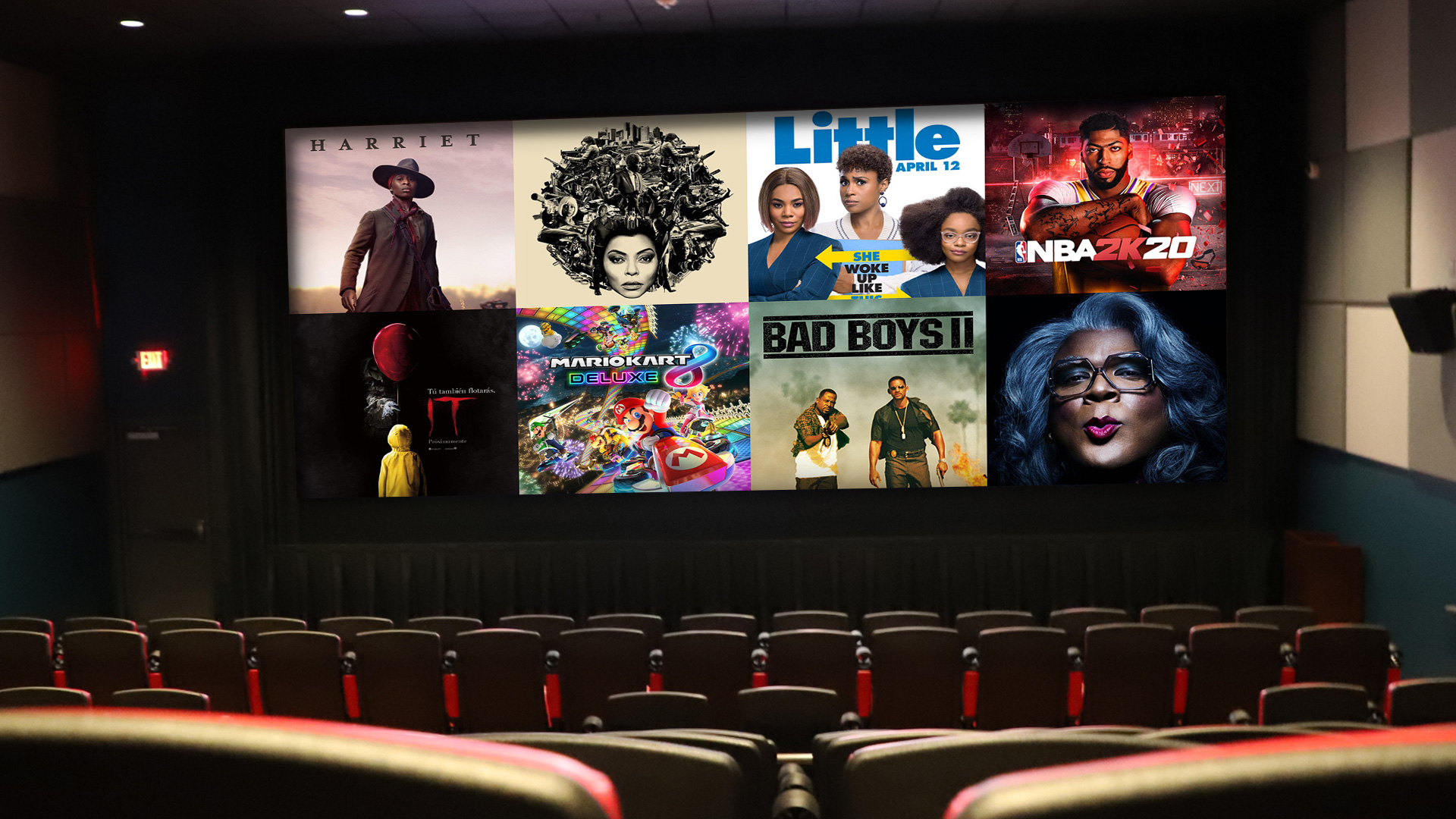
The Importance of Cinema in Today’s Society
Cinema has long been a vital part of cultural expression and entertainment, providing audiences with narratives that reflect human experiences and societal issues. The year 2023 marks a critical juncture for the film industry, as it navigates post-pandemic recovery, technological advances, and shifting audience preferences. Understanding these changes is essential for fans and stakeholders alike.
Current Trends in Cinema
As the world emerges from the pandemic, cinema chains are witnessing a significant return of audiences. According to the Motion Picture Association, global box office revenues are projected to exceed pre-pandemic levels, driven by blockbuster releases and the continuation of franchise films. Notable releases in 2023, such as the eagerly awaited sequels in established franchises and new adventurous storytelling, highlight the industry’s resilience.
However, the film environment is not without its challenges. The rise of streaming platforms remains a formidable competitor. Platforms like Netflix, Amazon Prime Video, and Disney+ continue to shape how audiences consume films, with many viewers opting for convenience over the traditional cinema experience. This shift has prompted cinemas to innovate, offering immersive experiences such as luxury seating, improved sound systems, and exclusive events to lure back patrons.
Challenges Facing Cinemas
While the re-opening of cinemas has brought back audiences, the industry also faces significant hurdles. One of the pressing concerns is the rising production costs, alongside an increasing trend of digital film releases. Many filmmakers now choose to premiere their works on streaming platforms, which can diminish box office revenues. Furthermore, as audiences become more selective about what films to see in theatres, cinemas must ensure that their offerings remain compelling.
The Future of Cinema
Looking ahead, the future of cinema seems to be underpinned by hybrid models which combine theatrical releases with digital streaming. Industry experts predict that partnerships between studios and streaming services will become prevalent, creating new pathways for distribution. This evolution will likely result in diverse film accessibility, allowing a broader audience to enjoy cinema’s artistic expressions.
Moreover, advancements in technology, such as virtual reality (VR) and augmented reality (AR), may redefine interactive storytelling, paving the way for engaging cinema experiences. As innovation intertwines with tradition, cinema could emerge stronger, continuously adapting to audience demands.
Conclusion
In conclusion, the cinema landscape of 2023 is a dynamic realm of opportunity and challenge. While the revival of box office figures suggests a return to form, the industry must evolve alongside changing viewer habits and technological advancements. For audiences, this means an exciting assortment of content that intertwines both cinematic and digital storytelling. As we progress through the year, it will be fascinating to observe how cinema continues to adapt and thrive in this multifaceted and ever-evolving environment.
You may also like

The Multifaceted Career of Tilda Swinton

The Legacy of Sylvester Stallone: A Hollywood Icon
